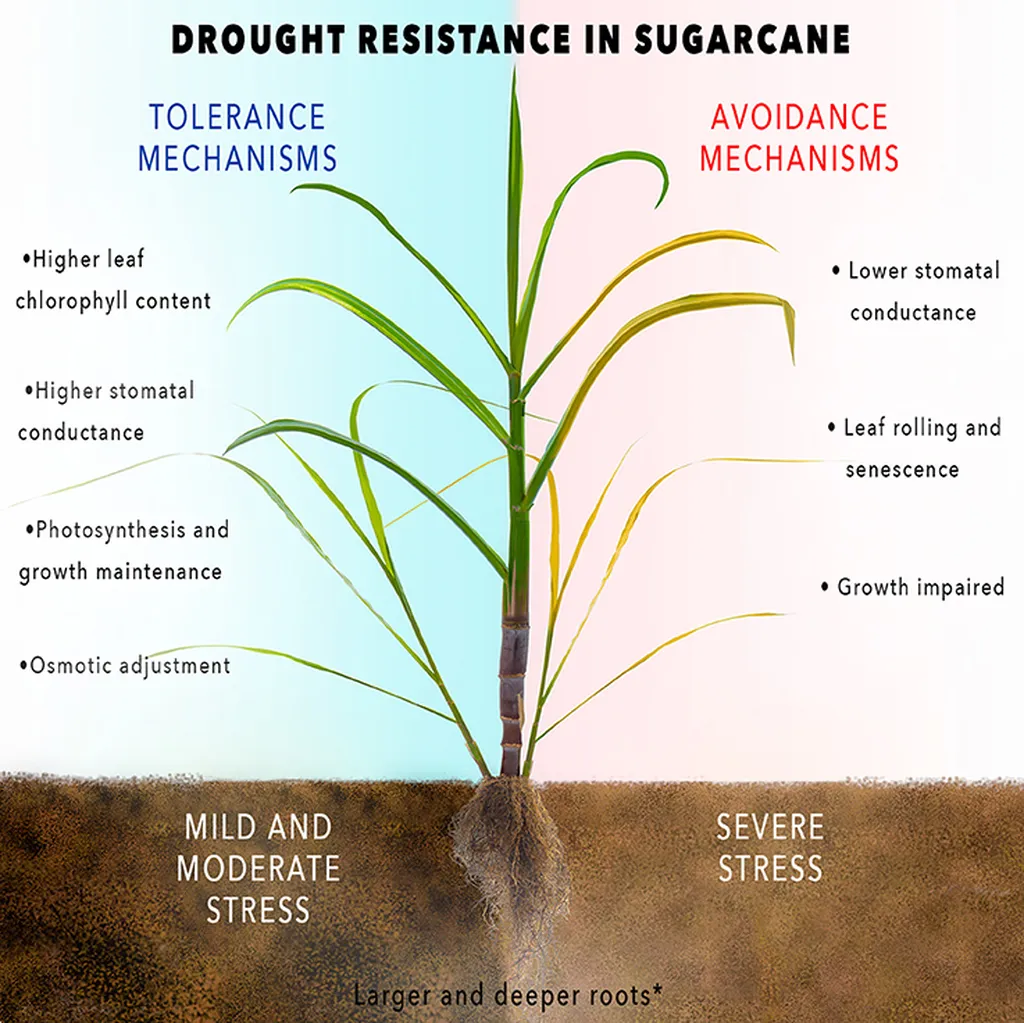In the heart of China, researchers have uncovered a genetic secret that could revolutionize sugarcane breeding and bolster the energy sector. Sugarcane, a vital crop for sugar production and bioenergy, faces constant threats from biotic and abiotic stresses. Now, a team led by Shijiang Cui from the Key Laboratory of Sugarcane Biology and Genetic Breeding at Fujian Agriculture and Forestry University, in collaboration with the National Key Laboratory for Tropical Crop Breeding, has identified a gene that could enhance stress resistance in sugarcane, potentially increasing yields and improving the crop’s viability as a renewable energy source.
The study, published in the journal *Plant Stress* (translated from Chinese as “植物应激”), focuses on histone acetyltransferases (HATs), key regulators in plant stress responses. The researchers identified 44, 62, and 13 HAT gene family members from different sugarcane varieties, categorizing them into four subfamilies. Notably, they found that stress-responsive elements were significantly enriched in the promoter regions of the HAM subfamily.
One gene, ShHAT24, showed significant upregulation under both smut and drought stress conditions. The team then cloned a homolog of ShHAT24, named ScHAT1, from the sugarcane variety ROC22. They discovered that ScHAT1’s expression was significantly upregulated in the smut-susceptible ROC22 variety post smut pathogen infection. Moreover, ScHAT1 conferred enhanced tolerance to salt and drought stress.
However, the findings are not without complexity. Overexpression of ScHAT1 inhibited the transcription of genes involved in the salicylic acid (SA) and jasmonic acid (JA) signaling cascades, increasing plant susceptibility to pathogens. This dual role of ScHAT1 in plant interactions with biotic and abiotic stresses presents a nuanced picture.
“Our study provides insights into the evolutionary characteristics of the sugarcane HAT gene family and reveals the dual role of ScHAT1 during plant interactions with biotic and abiotic stresses,” said Cui. This research could pave the way for developing sugarcane varieties with improved stress resistance, benefiting the energy sector by ensuring a more reliable and robust source of bioenergy.
The implications of this research extend beyond the field. As the world seeks sustainable energy solutions, improving the resilience of crops like sugarcane becomes crucial. By understanding and manipulating genes like ScHAT1, scientists can enhance crop yields and stress resistance, ultimately contributing to a more stable and secure energy future.
This study not only advances our understanding of sugarcane genetics but also highlights the potential for genetic engineering to address global challenges in agriculture and energy. As Cui and his team continue their work, the agricultural and energy sectors watch closely, eager to harness the power of these genetic discoveries to fuel a more sustainable future.

